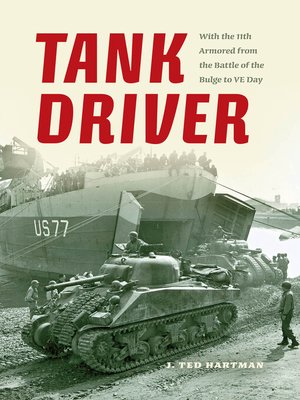

The T-72 tank served as a base for the development of a series of tracked vehicles for military use, such as the T-72K and T-72AK command tanks, BREM-1 recovery and repair vehicle, MTU-72 bridge-laying tank, IMR-2 obstacle clearing engineer vehicle, etc. Located in the stern portion of the tank is the power plant compartment with a transversely arranged engine, air cooling system and input reduction gear connecting the crank-shaft with final output gearboxes. The lower part of the fighting compartment mounts the automatic loader carousel whose introduction made it possible to reduce tank height and its armor plated area, thus improving protection without changing the designed weight and decreasing the ammunition stowage hit probability. The tank commander is seated in the fighting compartment in the middle of the tank hull on the right side of the gun, and the gunner is seated to the left of the gun.


The driver mechanic is seated at the front middle of the driving compartment which facilitates tank driving. It has a typical general layout featuring the rear transverse arrangement of the engine. In 1973 the tank was designated the T-72 and adopted for service. The tests of prototypes, developed in the town of Nizhny Tagil, confirmed their high effectiveness and reliability. Kartsev was not fated to see the tanks in mass production. The design work on their development was started in 1967 at the Urals Carriage Making Plant Tank Design Bureau under the supervision of L. The T-72 family tanks are the most typical and wide-spread representatives of this generation. By the mid 1960s the second postwar generation tanks superseded the medium and heavy tanks that had been developed on the basis of the war experience.


 0 kommentar(er)
0 kommentar(er)
